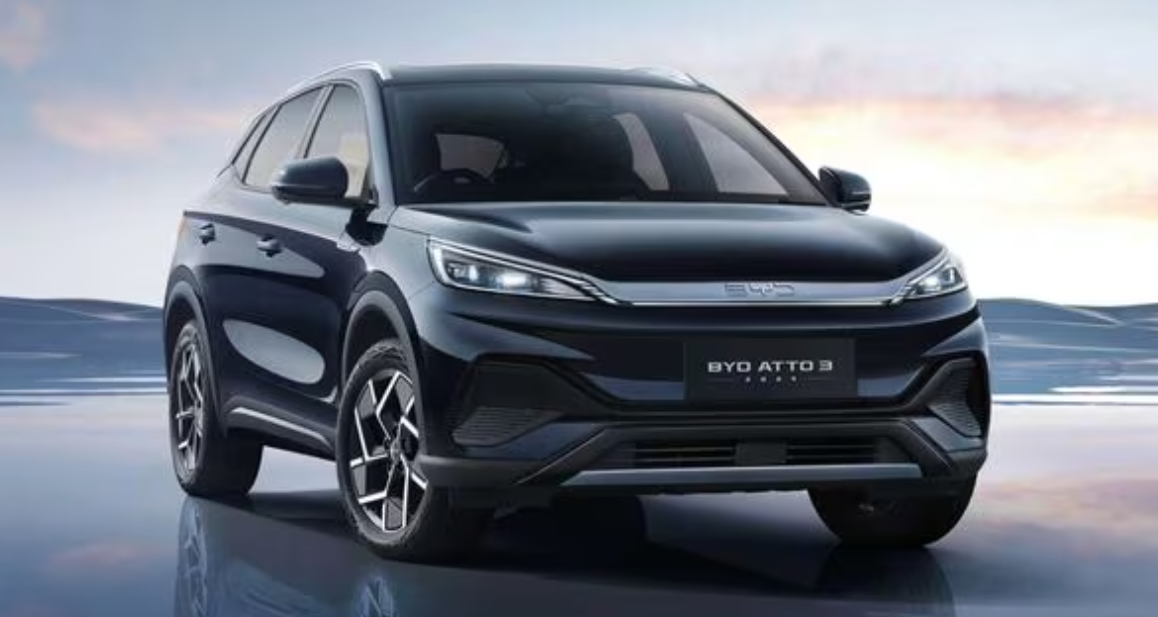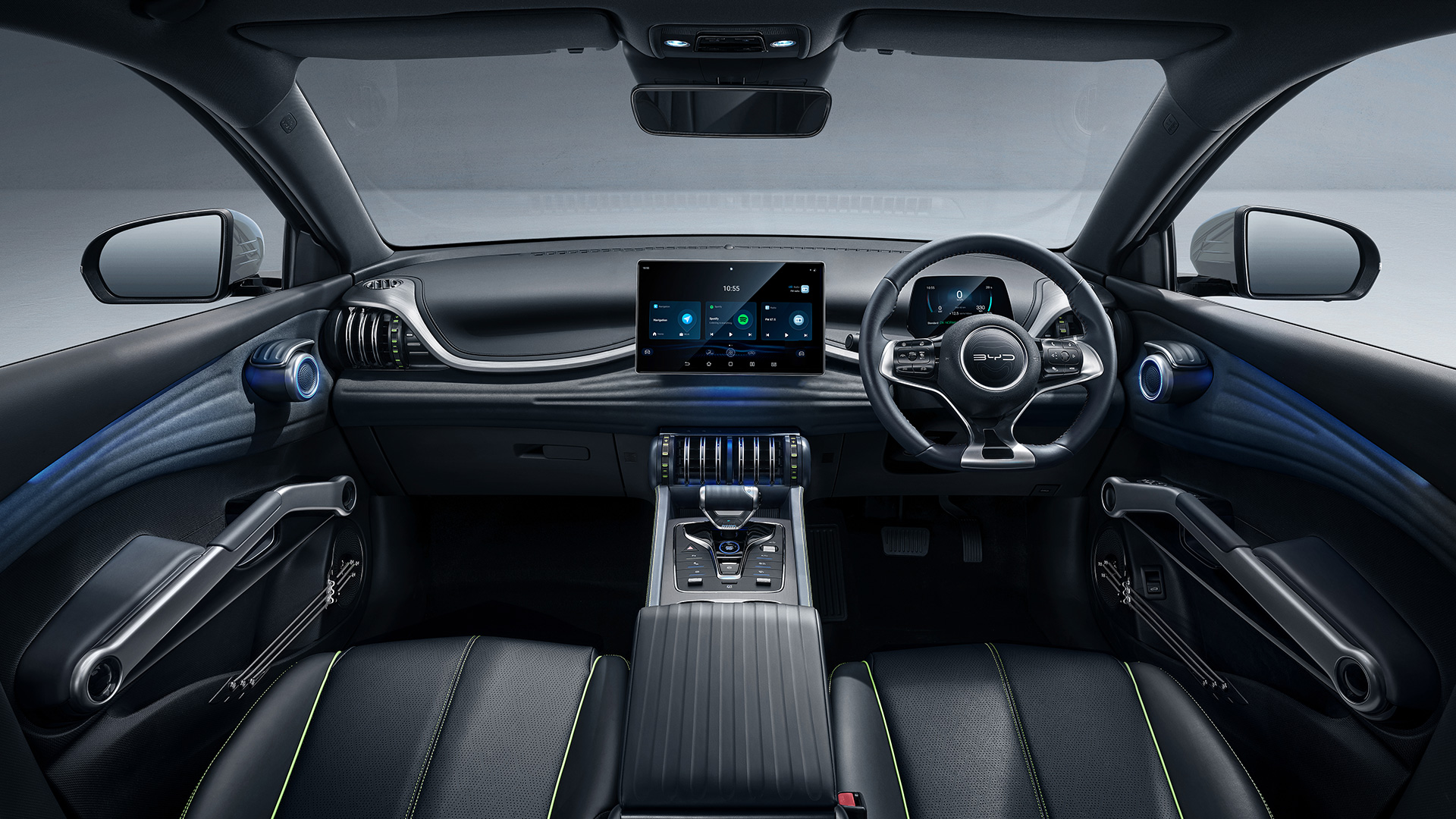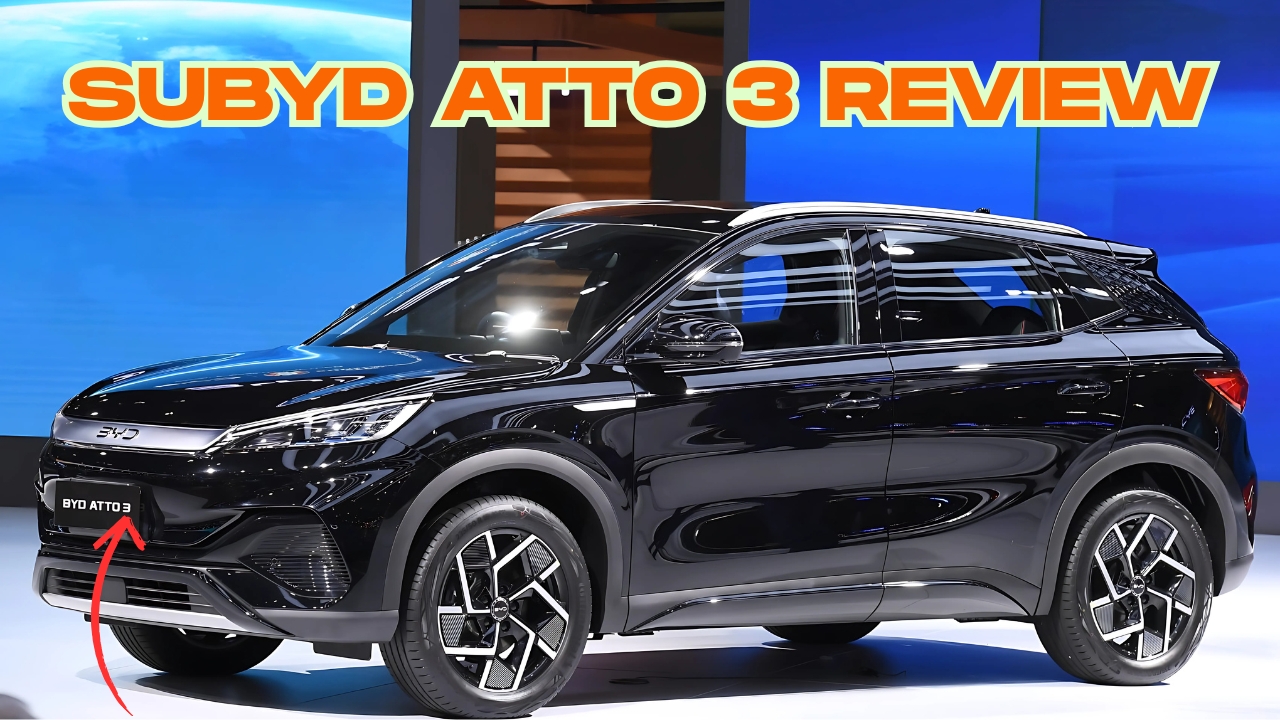The electric vehicle revolution in Australia has reached a fascinating crossroads, and the BYD Atto 3 sits right at the heart of this transformation. When this Chinese-made electric SUV first arrived on Australian shores, it made headlines as one of the most affordable electric SUVs available to Aussie drivers. But as we dive deeper into 2025, the burning question remains: does the BYD Atto 3 still hold the crown as Australia’s cheapest electric SUV?
The short answer might surprise you. While the Atto 3 remains incredibly competitive and represents outstanding value for money, it’s no longer technically the cheapest electric SUV you can buy in Australia. However, this doesn’t diminish its appeal – in fact, recent updates and price reductions have made it more attractive than ever before.
The BYD Atto 3’s Current Market Position
The 2025 BYD Atto 3 now starts at $39,990 before on-road costs for the Essential variant, with the Premium model priced at $44,990. This represents a significant price reduction from earlier models, making the Atto 3 more accessible to Australian families considering the switch to electric mobility.
The Essential model has been strategically positioned to compete directly with other budget-friendly electric SUVs, while the Premium variant offers enhanced features including a larger 15.6-inch rotating infotainment display, wireless Apple CarPlay, and a new camping mode for extended air conditioning use while parked.
What makes the Atto 3 particularly appealing is its generous standard equipment list. Even the entry-level Essential model comes packed with features that many competitors charge extra for, including 60/40 split fold rear seats, ISOFIX child restraint points, seven SRS airbags, and BYD’s signature Blade Battery technology.
Who Actually Claims the “Cheapest” Title?

The electric SUV price wars have intensified dramatically in early 2025. The Chery Omoda E5 has claimed the title of Australia’s cheapest electric SUV with a significant $6,000 price reduction, bringing its starting price down to $36,990 before on-road costs. This aggressive pricing strategy puts the Omoda E5 about $3,000 below the BYD Atto 3 Essential.
Meanwhile, the new MG S5 EV (replacing the ZS EV) starts at $40,490 drive-away, making it another strong contender in the budget electric SUV space. These price movements demonstrate how competitive the Australian electric vehicle market has become, with Chinese manufacturers leading the charge in making EVs more accessible to mainstream buyers.
Technical Specifications and Performance
The BYD Atto 3 offers two battery configurations that cater to different driving needs. The Standard Range model features a 49.92kWh battery with a claimed range of 345km, while the Extended Range variant packs a 60.48kWh battery delivering up to 420km of range.
Both variants use the same powertrain setup: a single front-mounted electric motor producing 150kW of power and 310Nm of torque, driving the front wheels through a single-speed transmission. Performance figures are respectable, with the Standard Range achieving 0-100km/h in 7.9 seconds and the Extended Range managing it in 7.3 seconds.
Charging capabilities are practical for Australian conditions. The Atto 3 can be charged at home using a 7kW AC wall unit, with charging costs averaging between 21 to 36 cents per kWh across Australia. For longer trips, DC fast charging is available, though specific charging speeds vary between the two variants.
Design and Interior Features
BYD has taken a bold approach with the Atto 3’s interior design, incorporating what they call “guitar string” elements in the door panels and a distinctive rotating touchscreen. The 2024 update brought significant improvements, including the larger 15.6-inch display and enhanced infotainment system with in-car karaoke functionality.
Practically speaking, the Atto 3 offers seating for five passengers, though the seats are described as somewhat flat and firm. Boot space measures 440 litres, which is respectable for this size category, though it comes with only a tyre repair kit rather than a spare wheel.
The cabin materials and build quality represent a solid effort for the price point, though some critics note that storage solutions aren’t as comprehensive as some newer rivals, with most switchgear located in the centre console rather than on the dashboard.
Safety and Warranty Coverage
Safety credentials are a strong point for the BYD Atto 3. It holds a five-star ANCAP rating based on Euro NCAP testing, with an adult occupant protection score of 91 percent, child occupant protection at 84 percent, vulnerable road user protection at 69 percent, and safety assist rating of 80 percent.
BYD backs the Atto 3 with a comprehensive warranty package: six years or 150,000km for the vehicle, and eight years or 160,000km for the high-voltage battery, with a guarantee that the battery will retain at least 70 percent of its health.
Value Proposition Against Competitors

When evaluating the BYD Atto 3’s value proposition, it’s important to consider the total cost of ownership rather than just the sticker price. While the Chery Omoda E5 might be cheaper upfront, the Atto 3 offers several advantages that could justify the price difference for many buyers.
The Atto 3 represents solid value not just against other electric vehicles, but also when compared to hybrid and petrol SUVs from established brands like Toyota, Mazda, and Nissan. For context, a 2025 Nissan Qashqai Ti Hybrid costs $52,355, over $7,000 more than the Atto 3 Premium.
The availability of service centres is another crucial factor. The Atto 3 can be serviced through Eagers Automotive-run BYD showrooms and select mycar Tyre and Auto mechanics, providing a broader service network than some competitors.
Electric SUV Price Comparison Table
| Model | Starting Price | Battery Size | Range (WLTP) | Warranty |
|---|---|---|---|---|
| Chery Omoda E5 | $36,990* | 61kWh | 430km | 7yr/8yr battery |
| BYD Atto 3 Essential | $39,990* | 49.92kWh | 345km | 6yr/8yr battery |
| MG S5 EV | $40,490** | 49kWh | 410km | 7yr/8yr battery |
| BYD Atto 3 Premium | $44,990* | 60.48kWh | 420km | 6yr/8yr battery |
| Kia EV3 Air | $47,600* | TBC | TBC | 7yr/8yr battery |
*Before on-road costs
**Drive-away pricing
Recent Updates and Future Outlook
BYD has shown its commitment to the Australian market through regular updates and improvements to the Atto 3. Recent changes include new Continental tyres replacing the previous Atlas Batman tyres, updated exterior finishes, and the addition of camping mode functionality.
The brand has also removed the “Build Your Dreams” badging from the rear, opting for a cleaner “BYD” badge, and introduced new colour options including Cosmic Black while discontinuing some previous colours.
Looking ahead, BYD’s electric vehicle strategy appears focused on volume and affordability. The company has overtaken Tesla as the world’s largest manufacturer of new energy vehicles, demonstrating its global ambitions in the electric vehicle space.
Market Competition and Price Wars
The Australian electric vehicle market in 2025 is experiencing unprecedented competition, particularly in the affordable SUV segment. Chinese manufacturers are leading aggressive pricing strategies, with multiple brands offering significant discounts to gain market share.
This competition benefits Australian consumers enormously. The ongoing price war has led to something of a race to the bottom in terms of pricing, especially at the budget end of the market. However, buyers should consider factors beyond just price, including build quality, service network, warranty support, and long-term reliability.
The BYD Atto 3’s position in this competitive landscape remains strong because it strikes an excellent balance between affordability, features, and proven reliability. While it may no longer be the absolute cheapest option, it offers a compelling package that justifies its pricing for many Australian families.
Frequently Asked Questions
Q: Is the BYD Atto 3 really Australia’s cheapest electric SUV? A: No, as of 2025, the Chery Omoda E5 holds that title at $36,990 before on-road costs, making it about $3,000 cheaper than the BYD Atto 3 Essential.
Q: What’s the difference between Atto 3 Essential and Premium models? A: The main differences are battery size (49.92kWh vs 60.48kWh), range (345km vs 420km), and interior features, with the Premium getting a larger 15.6-inch screen and additional comfort features.
Q: How long does it take to charge a BYD Atto 3? A: Using a 7kW home charger, it takes approximately 7-9 hours for a full charge. DC fast charging can achieve 30-80% charge in around 90 minutes.
ALSO READ: Toyota Camry Hybrid 2025: Price, Mileage, and Power Breakdown

